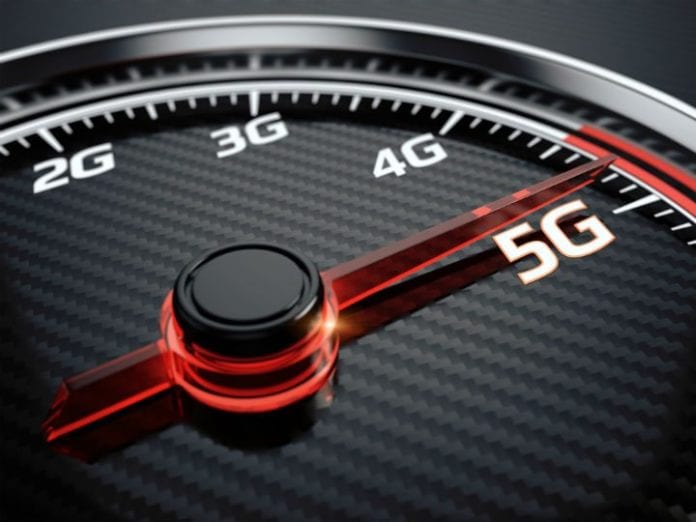Carrier claims of network speeds that reach and even surpass a gigabit per second are popping up around the world. Right now these are just test results, but within a few months, customers in certain cities with specific smartphones may be able to experience 1 Gbps downlink speeds. Will they notice? Maybe not, according to a recent survey conducted by Boston Consulting Group.
The firm created a proprietary application that roughly 1,500 volunteers installed on their smartphones. The app measured latency and throughput, and it presented questions to users immediately after data sessions in order to measure satisfaction. The goal was to correlate satisfaction with actual network performance as recorded by the app.
“Speed actually doesn’t matter beyond a certain point,” BCG reported. “At about 1.5 Mbps, essentially additional speed didn’t really register for most users — they didn’t know that they were getting more speed and it didn’t improve satisfaction.”
The survey found that 1.5 Mbps was enough speed to satisfy users during most video sessions, but acknowledged that higher network speeds make a difference when users are streaming videos on large-screen devices.
BCG said the largest driver of customer satisfaction with mobile networks was latency, and that even that was nearing the boundaries of human perception in some cases.
“One you reached an acceptable latency, investing more on reducing latency actually had low returns,” the analysts wrote.
Investments in technologies that reduce latency and increase speed may not return higher levels of user satisfaction, but they can have big financial returns because they enable operators to deliver more data using the same spectrum. There is no escaping the escalating demand for data, so operators need to deploy more spectrum and simultaneously invest in technologies that make better use of their existing spectrum.
Technologies like carrier aggregation*, massive MIMO**, and 256 QAM*** make mobile networks faster, and that means the networks can deliver more data to more users every second.
“Speed is capacity so as we provide more speed that does give us capacity,” said Verizon’s Ed Donofrio, executive director for network support. “As we provide speed that provides capacity and that will hopefully reduce the cost per bit.”
In the near term, mobile network speeds may outpace our ability to appreciate that speed. But as users we will appreciate the fact that the networks keep performing even as we load them up with more and more data.
Longer term, superfast low latency networks will have an important role to play in the evolving internet of things by supporting use cases like autonomous driving and smart manufacturing.
*Carrier aggregation is the combination of more than one channel to increase transmission bandwidth. According to 3GPP, the bandwdidth of each component channel can have up to 20 MHz, and up to five channels can be aggregated, for a maximum bandwidth of 100 MHz.
**MIMO is multiple-input multiple-output and refers to the antennas on wireless transmitters and receivers. MIMO configurations use more than one antenna on the transmitter and on the receiver, boosting the number of potential data paths. 4×4 MIMO means four transmit antennas and four receiver antennas.</em>
***QAM is quadrature amplitude modulation, and 256 is the number of points in the modulation scheme. At 256 QAM, each point, or symbol, can transmit 8 bits. Each time the QAM coefficient doubles, the number of bits per point increases by one.
Follow me on Twitter.

